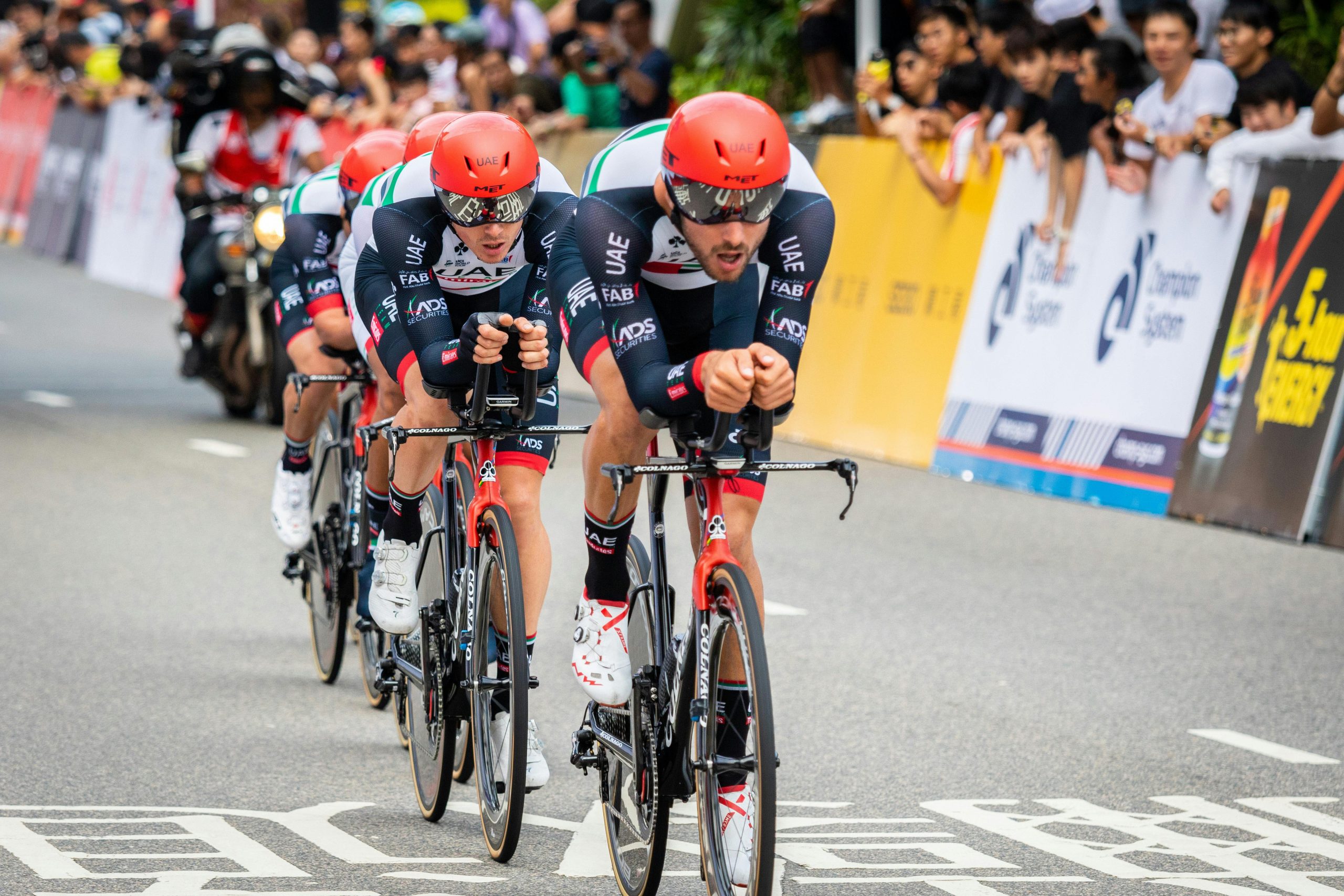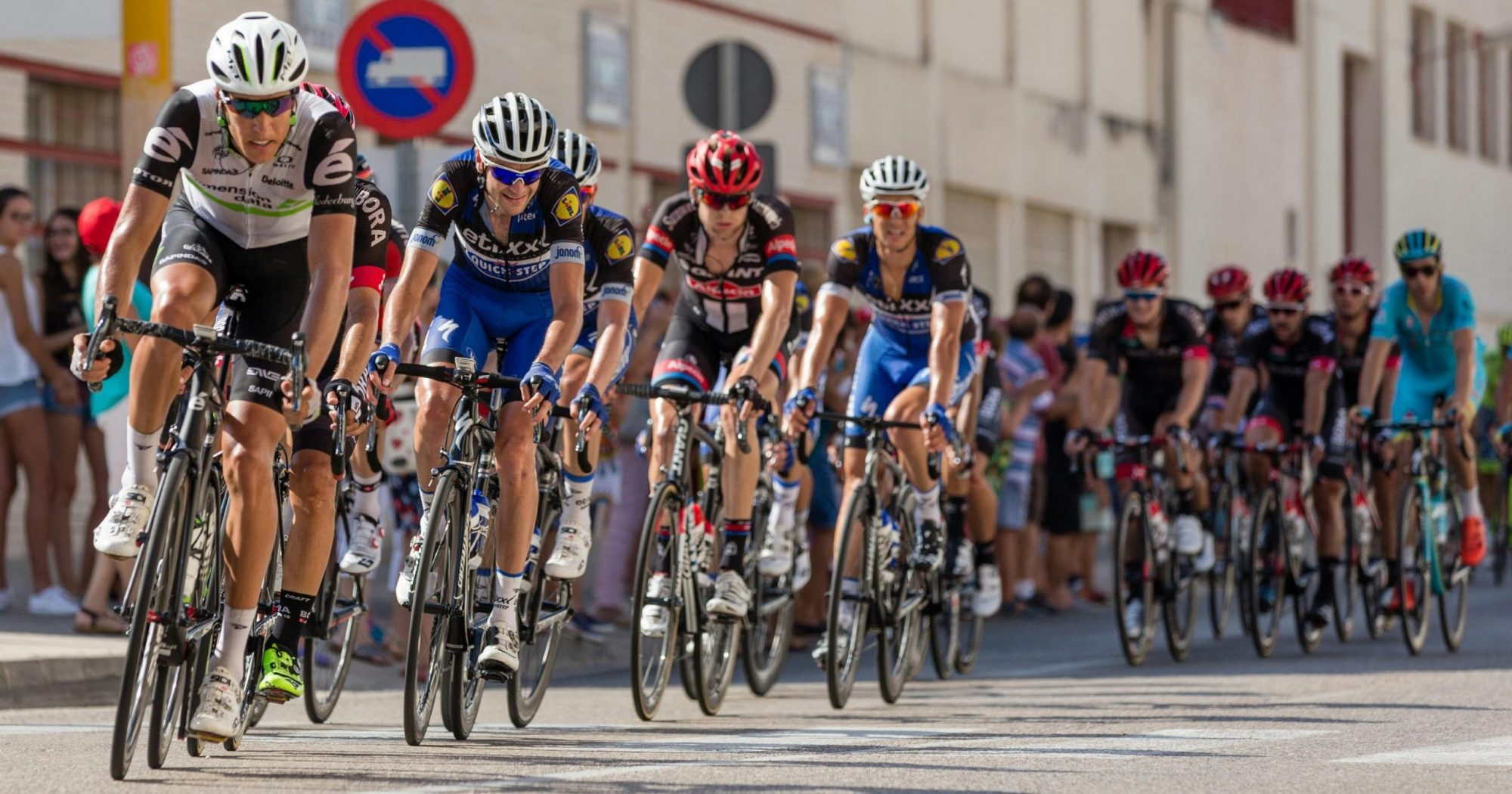It’s 1903, and a struggling French sports newspaper is desperate for readers. Their solution? Create the greatest bike race the world has ever seen. Little did they know, this publicity stunt would evolve into the Tour de France — a three-week event that would attract millions of spectators every summer.
From its humble beginnings as a 2,428-kilometre dash around France to today’s high-tech, globally televised event, the Tour has been shaped by world wars, technological innovations, and larger-than-life personalities. Year after year we saw champions being crowned, careers being made (and broken), and cycling history getting written on the roads of France.
Recollecting 111 editions of Tour de France history is virtually impossible, but if you’d like to read an overview of its most impactful moments, here are all the best stories behind the yellow jersey.
The Birth of the Tour
Henri Desgrange, the editor of L’Auto, couldn’t have imagined the legacy he was creating when he announced the first Tour de France. It was his young colleague, 26-year-old Géo Lefèvre, who first proposed the idea during a crisis meeting aimed at finding a way to revive the newspaper.
Lefèvre suggested a bike race that would circle France, a concept initially met with scepticism from Desgrange. However, the ambitious scale of the project soon won him over.
The inaugural race in 1903 was a far cry from today’s event. 60 cyclists set off on a 2,428-kilometre route divided into six stages. These stages were incredibly long, often lasting more than 24 hours. Riders would set off in the dark and finish the following night, battling fatigue, mechanical problems, and unpaved roads.
Maurice Garin, an Italian-French chimney sweep turned cyclist, completed this inaugural race in 94 hours and 33 minutes, nearly three hours ahead of the second-place finisher. This victory margin remains unbeaten to this day.
Lefèvre’s bold idea had paid off. The event was a resounding success, dramatically increasing L’Auto‘s readership and securing the Tour’s future.
Evolution of the Race
In 1910, the Tour took a dramatic turn — quite literally — as it ventured into the high mountains of the Pyrenees for the first time. This addition transformed the nature of the competition, favouring all-round riders who could both sprint on flat stages and climb in the mountains.
The first man to conquer the Tourmalet pass was Octave Lapize, who famously shouted “Assassins!” at the race organisers as he struggled to the summit. The mountains have since become the crucible where Tour legends are forged, from Federico Bahamontes “The Eagle of Toledo” to modern-day climbing champions like Tadej Pogačar.
The iconic yellow jersey, worn by the overall race leader, was introduced in 1919. Its colour was chosen to match the yellow paper on which L’Auto was printed. This simple garment has since become one of the most coveted prizes in cycling. Wearing the ‘maillot jaune’ is both an honour and a burden. It marks the rider as the race leader but also paints a target on their back.
The Tour During Wartime
The Tour’s history is inevitably intertwined with that of Europe. It was suspended during both World Wars, resuming in 1919 and 1947 respectively. The 1940-1946 editions were cancelled as France struggled with occupation and reconstruction.
The post-war Tours were a saddening spectacle, with riders traversing a land still bearing the scars of conflict, but also a time when one could sense a feeling of renewal.
As Europe began to heal, the Tour played its part in bringing nations together. While the race had briefly dipped its toes into foreign territory as far back as 1906, the post-war years saw it truly spread its wings. In 1948, in a move that would’ve seemed unthinkable just a few years earlier, the race touched Italy’s territory for the first time after the war.
Since then, the Tour has made a habit of visiting neighbouring countries, with stages in The Netherlands, Germany, Spain, Belgium, and even England becoming a regular feature. In its own unique way, the Tour de France has become a rolling celebration of European cooperation, proving that sometimes, the best way to bring people together is on two wheels.
Doping Scandals and Controversy
No history of the Tour would be complete without addressing its darkest chapters. Doping has been a persistent issue in professional cycling. From the earliest days, when riders might fortify themselves with alcohol or ether, to the sophisticated doping programmes of the modern era, performance enhancement has been the Tour’s most persistent challenge.
The death of British cyclist Tom Simpson on Mont Ventoux in 1967, partly due to amphetamine use, shocked cycling fans. Drug testing at the Tour de France had been introduced only a year earlier, in 1966.
More recently, we witnessed the scandal of Lance Armstrong. The American cyclist, who won seven consecutive Tours from 1999 to 2005, was stripped of his titles in 2012 after a widespread doping scheme came to light, which confirmed Armstrong had used enhancing drugs throughout his career. This episode led to major reforms in anti-doping measures and inevitably changed how many viewed the sport.
Technological Advancements
Even the bicycles used in the Tour have come a long way since 1903. Early riders used heavy steel bikes with fixed gears and no brakes. They carried spare tyres around their shoulders and often had to perform their own repairs.

Today’s bikes are marvels of engineering, made from lightweight materials like carbon fibre. They feature electronic gear-shifting systems and are aerodynamically optimised.
This technological evolution has changed the nature of the race, making it faster and more tactical. Yet the essence remains the same — it’s still the rider’s legs and lungs that power the bike, no matter how advanced the technology.
British Success in the Modern Era
For much of its history, the Tour was dominated by riders from continental Europe, especially countries with a rich cycling tradition like France, Italy, and Belgium.
British success was rare and fleeting — but this story changed dramatically in the 21st century. Sir Bradley Wiggins became the first British winner in 2012, followed by Chris Froome’s four victories, and Geraint Thomas’s win in 2018.
This British cycling revolution, largely driven by the well-funded and advanced Team Sky (later Team Ineos), changed the history of the Tour de France and inspired a new generation of young British cyclists.
The Tour Today
The modern Tour de France is a global sporting spectacle, with a total audience of 42.5 million viewers for the 2023 edition. The basic format remains — 21 stages over 23 days, covering about 3,500 kilometres — but the level of preparation, tactics, and media scrutiny has intensified immensely.
Despite changes in technology and increased commercialisation, the Tour remains true to its roots. It continues to fascinate audiences with its blend of individual talent, team strategy, and the sheer beauty of the French landscape.
As the peloton rolls out each July, it carries with it the weight of history – 111 editions of triumph and tragedy, of human endeavour pushed to its limits. The Tour de France remains, as it has always been, far more than just a bike race.
READ MORE:


